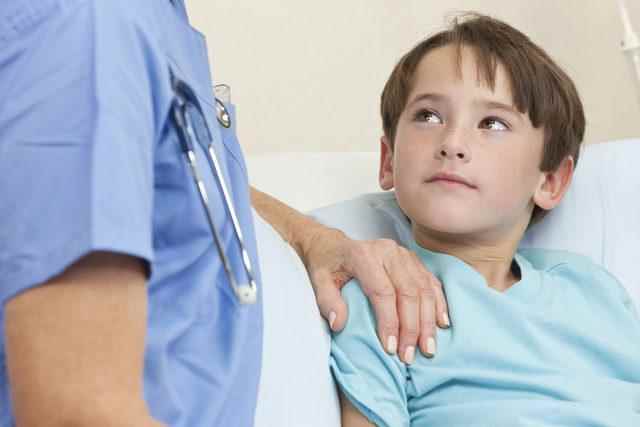Lymph node enlargement, called ‘lymphadenopathy’ in medical language, is a problem faced by almost every child. Acıbadem University Atakent Hospital Pediatric Hematology and Oncology Specialist Prof. Dr. Stating that lymph nodes usually enlarge due to upper respiratory tract infection in childhood, Aziz Polat said, “However, enlarged glands can be a sign of simple and temporary diseases, as well as pointing to malignant and rapidly progressing childhood cancers such as leukemia and lymphoma. For this reason, a doctor should be consulted for enlarged lymph nodes in children. says.
Pediatric Hematology and Oncology Specialist Prof. Dr. Stating that there are plenty of immune cells called lymphocytes in the lymph nodes, Aziz Polat said, “These lymphocytes, produced by the stem cells in the bone marrow, capture and destroy bacteria, viruses, tumor cells and foreign substances that have entered the body, in other words, infection and infection in our body. They have the extremely important function of fighting cancer.” says.
THERE ARE MANY REASONS
Although the lymph nodes are not normally very large, they can become prominent in some cases. Many factors, most commonly upper respiratory tract infection, can cause enlargement of the lymph nodes. prof. Dr. Aziz Polat lists the factors that cause lymph node enlargement in children as follows:

- Upper respiratory tract infections such as tonsils, pharyngitis, colds, flu, otitis and sinusitis
- Tooth and gingivitis
- Childhood diseases such as measles, rubella, mumps, 5th and 6th diseases
- Scarlet fever, brucella, cat-scratch disease caused by bacteria and viruses, CMV (cytomegaly virus), EBV (Ebstein Barr virus)
- urinary tract infections
- Inflammation of the lymph nodes
- Hematological cancers such as leukemia and lymphoma
SYMPTOMS OF LEUKEMIA AND LYMPHOMA
The following symptoms can be a sign of leukemia and lymphoma. It is vital that you consult a doctor without wasting time in these complaints.
- Glands that do not shrink within 6-8 weeks after infection clears
- Growing glands without signs of infection
- Painless, rubbery or firm, adherent glands
- Glands appearing on the collarbone
- Enlargement of several glands merging
- Enlarged glands in the chest cavity or abdomen
- Accompanied by symptoms such as fever, weight loss, night sweats, loss of appetite

THE CHANCE OF TREATMENT RISES TO 90 PERCENT
Leukemia and lymphoma are the most common types of cancer in children. In fact, approximately 3,500 children are diagnosed with cancer every year in our country. 30-35 percent of these children are leukemia, and 20 percent are lymphoma patients. Pediatric Hematology and Oncology Specialist Prof. Dr. Stating that early diagnosis is extremely important in leukemia and lymphoma, Aziz Polat said, “The earlier these cancers are diagnosed, the higher the chance of treatment. Significant advances have been made in treatment, especially with new drugs released in recent years. For example, drugs that have fewer side effects and are targeted and destroy cancerous cells are used. Thanks to such important steps taken in the medical world, the chance of treatment can increase up to 80-90% depending on the type and prevalence of the disease.” says.
